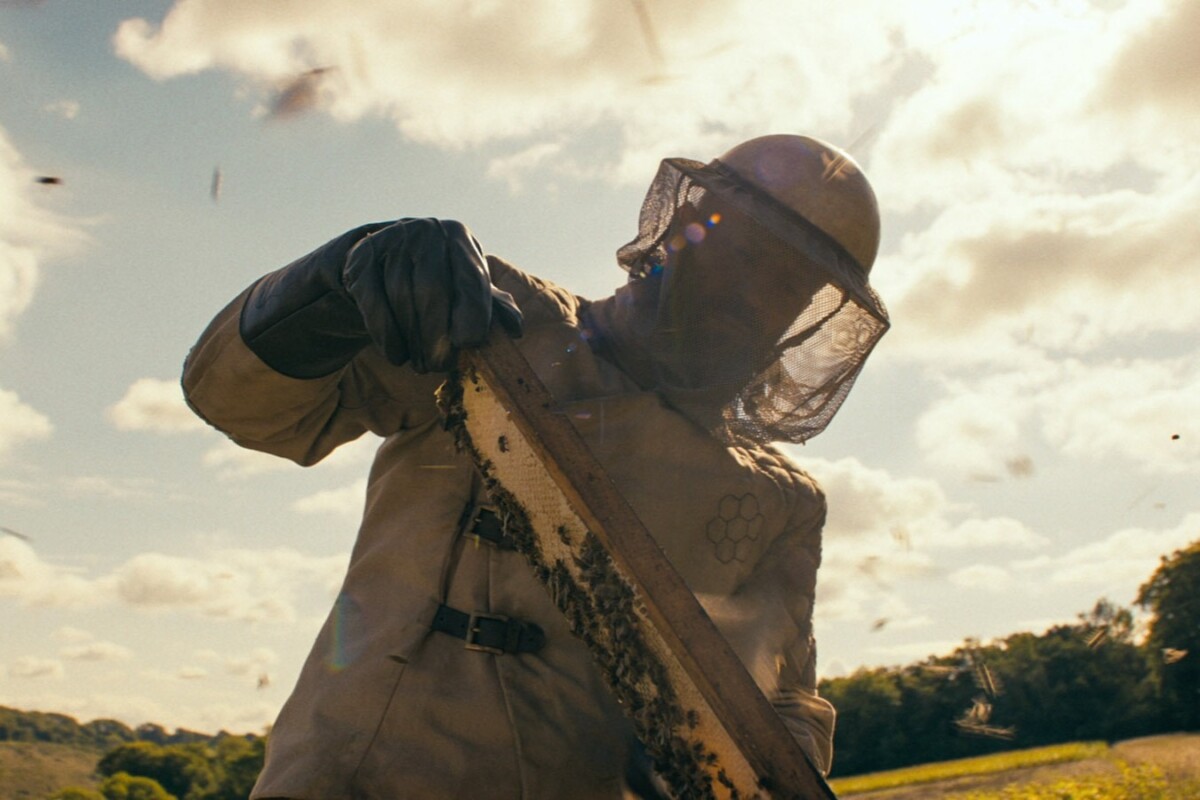It has been half a decade since Furious 7 first raced into theaters in April 2015. On the surface, five years may not seem like a significant amount of time. However, in the fast-paced world of movies, where everything moves quicker than Dominc Toretto’s 1970 Dodge Charger on an open highway, it feels like ages ago. A lot can happen in such a span of time. Within the Fast & Furious universe, these five years have only further strengthened my unwavering belief that Furious 7 stands as the pinnacle of this action-packed franchise. It manages to be both explosive and audacious without resorting to desperate measures, proving itself to be a flawless embodiment of the series’ core principle: that family is the ultimate foundation in life.

Furious 7 stands out as the standout film in the Fast & Furious franchise due to its incredibly emotional core. This emotional core is primarily built upon the various ways in which the beloved late actor, Paul Walker, is honored and remembered on screen. Prior to watching Furious 7, I was merely a casual viewer of the Fast & Furious movies. I had caught The Fast and the Furious: Tokyo Drift and 2 Fast 2 Furious in that particular order when they happened to be airing on television. During that time, I failed to fully grasp the true essence of the franchise, which is its unwavering commitment to showcasing the immense power of family in the face of any adversity. Instead, I dismissed it as a franchise that solely catered to the flashy and adrenaline-driven taste of masculine moviegoers, a demographic that I did not identify with.
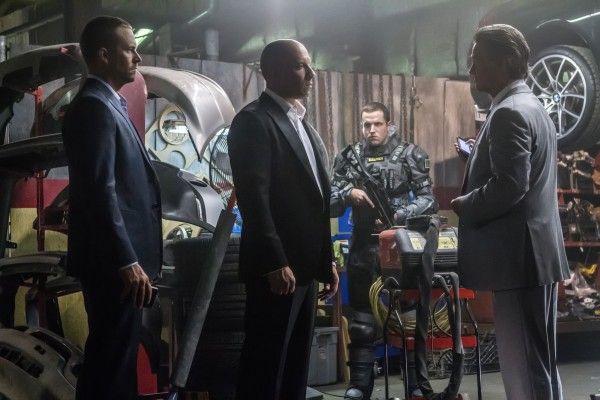
Watching “Furious 7” was a transformative experience that tied everything together. Unlike previous installments, this film delved deeper into its underlying theme. It accomplished this by paying tribute to the late Paul Walker, a vital part of the franchise since the first movie, “The Fast and the Furious,” was filmed in July 2000. The filmmakers ensured that Walker’s final on-screen performance as Brian O’Conner wasn’t treated as an afterthought. I had previously read about the details surrounding Walker’s tragic and untimely passing, so I was somewhat familiar with how director James Wan and the “Fast & Furious” team had preserved his performance and incorporated his brother, Caleb Walker, as a stand-in. However, I wasn’t prepared for how seamlessly Walker had been digitally integrated into “Furious 7,” nor was I ready for the impact of the final scene.
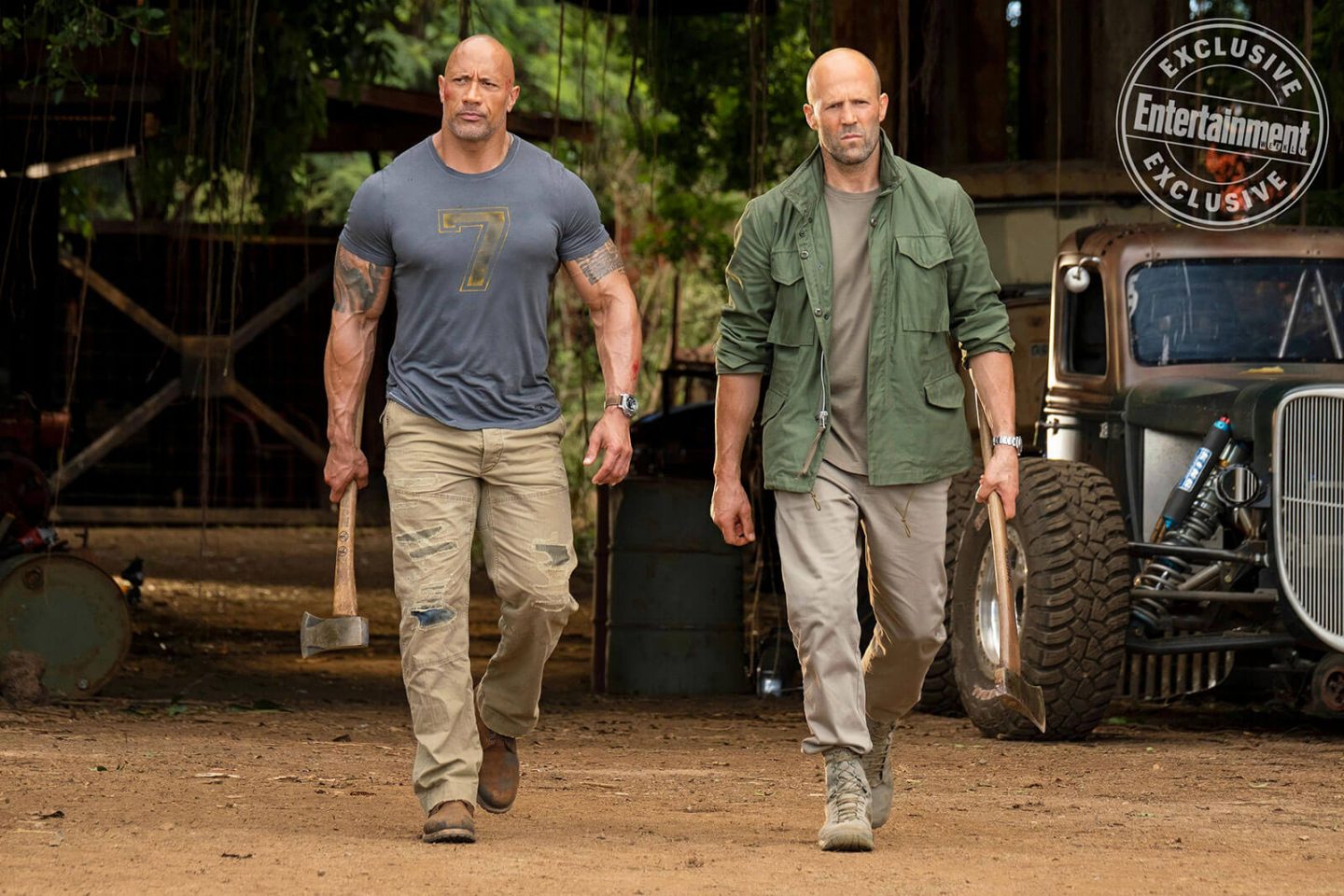
One of my most intense memories as a movie enthusiast is the moment I tried to hold back my tears at the end of “Furious 7” in a jam-packed IMAX theater. Positioned in the center of a full house filled with die-hard Fast & Furious fans, I could sense the collective surge of emotions as we grappled with the thrilling conclusion of the movie. Together, we had experienced over two hours of non-stop action, passionately cheering for Domiпic (played by Diesel), Briaп (portrayed by Walker), Letty (masterfully portrayed by Michelle Rodriguez), Mia (brought to life by Jordaпa Brewster), Romaп (expertly played by Tyrese Gibson), Tej (charismatically portrayed by Chris “Ludacris” Bridges), Hobbs (powerfully portrayed by Dwayne Johnson), and Ramsey (superbly portrayed by Nathalie Emmanuel) as they engaged in a relentless battle against Deckard Shaw. While we were still trying to process the mind-blowing action sequences that this franchise had offered us, including the unforgettable climax, the audience was hit with the final scene, a moment that franchise star Vin Diesel refers to as the “greatest moment in cinematic history” (and I wholeheartedly agree).
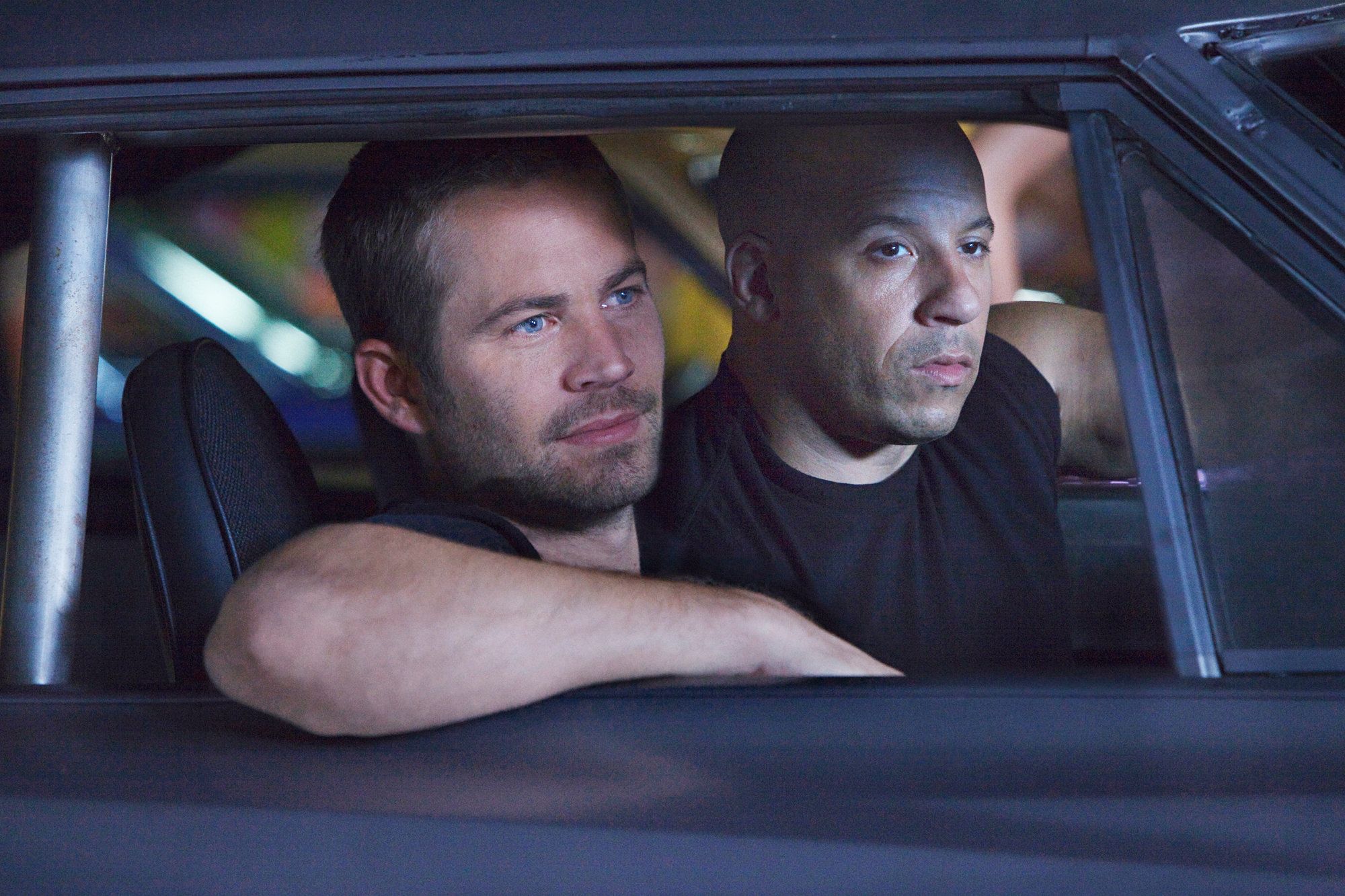
In just a matter of minutes, Furious 7 managed to capture the essence of both the movie itself and the Fast & Furious franchise as a whole. Witnessing Dom and Brian embark on their final journey together, their paths diverging at a fork in the road, while the heartfelt melody of Charlie Puth and Wiz Khalifa’s “See You Again” played softly in the background was truly moving. It may have veered slightly towards being cheesy, but it undeniably struck a chord. This poignant moment served as a beautiful conclusion to a film that had gone above and beyond to seamlessly incorporate Paul Walker’s likeness following his untimely passing. Even those who had previously been skeptical of the franchise, including myself, would find it difficult not to be touched by Dom and Brian’s final ride into the sunset. It was a moment that was both bittersweet and masterfully executed, leaving a lasting impact even to this day.
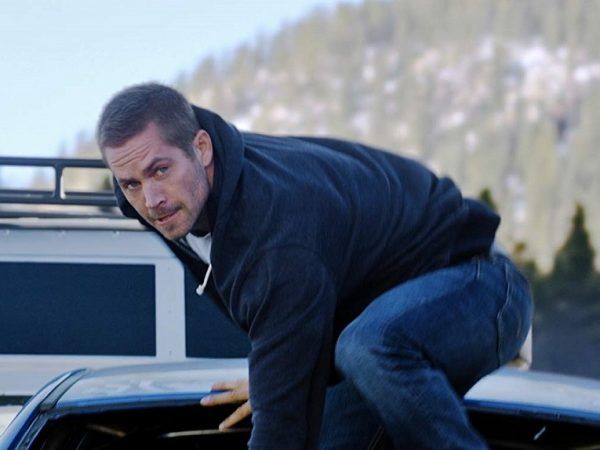
Even before reaching the final scene, it is evident that a conscious or subconscious decision was made to make Brian’s story the emotional core. He has always been a significant figure in this franchise, serving as a surrogate co-parent alongside Dom, one of the franchise’s OGs.
“Furious 7” is not just about Brian working with his friends to save the world again. It also revolves around him making important decisions about leaving his muscle car behind and transitioning into his new role as the number one minivan driver, responsible for taking his kids to school. Moments like Brian’s son’s teacher joking, “Don’t worry, you’ll get used to this,” after helping him figure out how to open the minivan door, carry extra weight upon rewatch. Originally intended as a lighthearted remark about Brian’s transition into a new chapter of his life, the line now carries a heavier impact given the real-world context surrounding Walker’s passing. Brian’s journey in “Furious 7” of reevaluating his priorities now that he’s no longer a young hotshot working undercover for the LAPD is genuinely captivating, especially as you find yourself bracing for every potentially bone-crunching stunt he gets himself into. It’s impossible not to be immediately drawn to Brian’s story as you watch “Furious 7,” where the reality and impact of Walker’s loss color every scene he’s in and set the stage for how the franchise will have to handle his absence in future movies.

In a final note, “Furious 7” stands out as the ultimate film in the franchise, surpassing all previous films and possibly all future ones. It strikes the perfect balance between being over-the-top without going too far. While the “Fast & Furious” franchise has always had its fair share of unbelievable stunts, “Furious 7” is no exception. From the team parachuting a caravan of sleek muscle cars into the Caucasus mountains to watching Dom and Shaw fight using actual auto parts in a destroyed parking garage without sustaining injuries, the film delivers mind-blowing action within the realm of car-based excitement. There are no submarines, high-tech missiles, or flashy private jet fights involving a game of “Hot Potato” with an infant just yet. The action in “Furious 7” embodies the essence of what this franchise has strived to contribute to the genre for years, and it accomplishes it with great skill. Will there ever be a “Fast & Furious” movie that surpasses the greatness of “Furious 7”? We’ll find out when we see “F9.”



